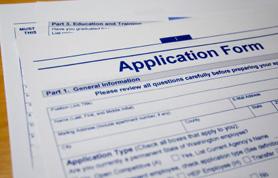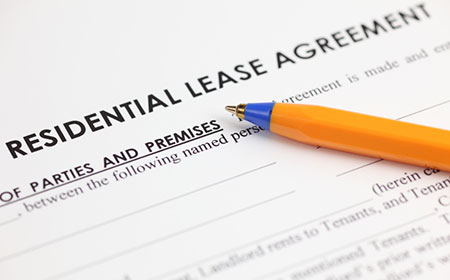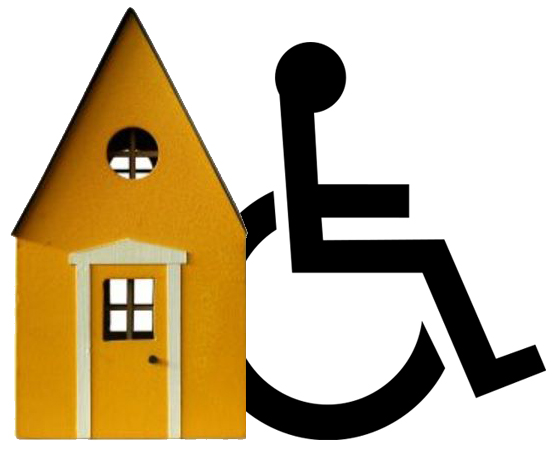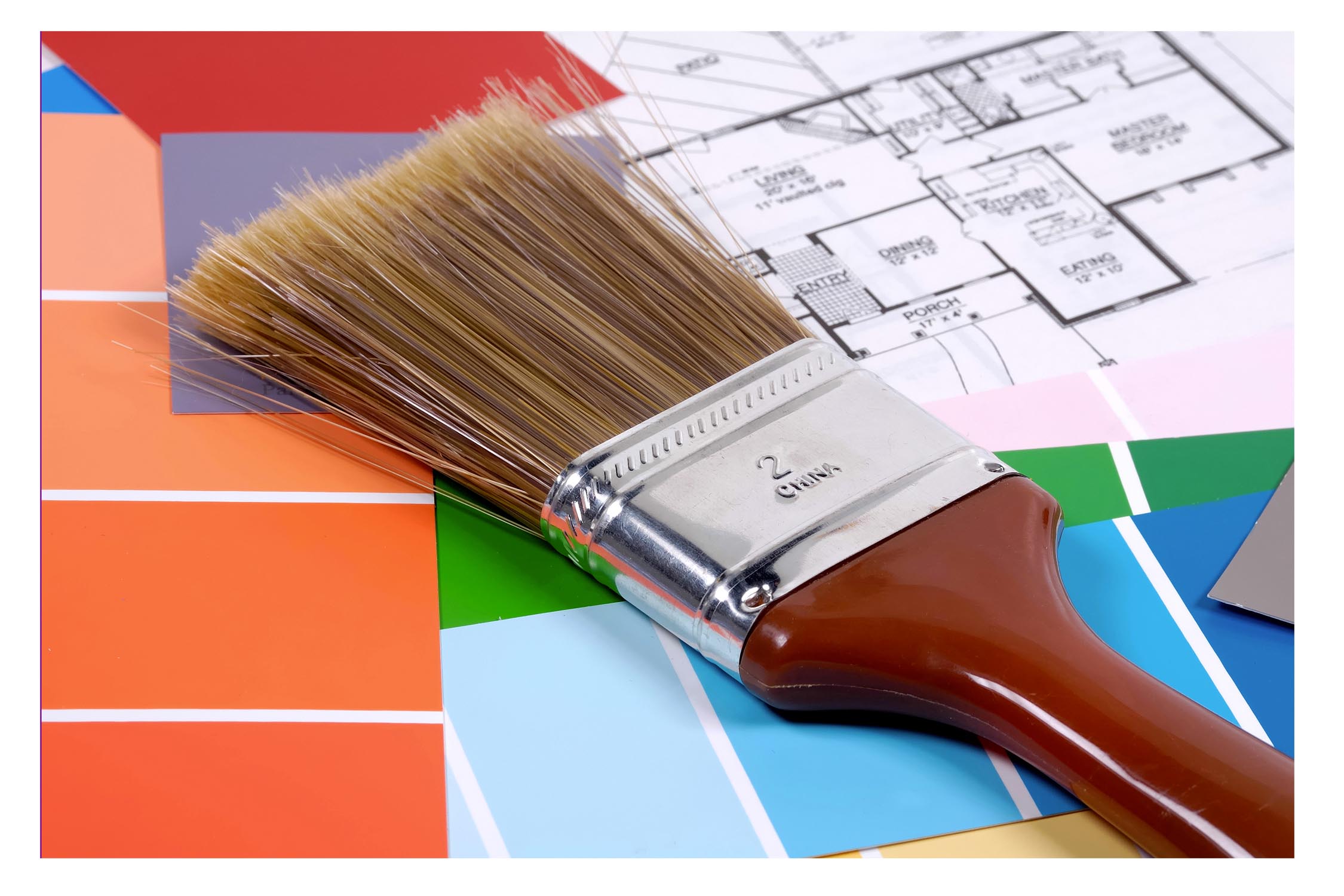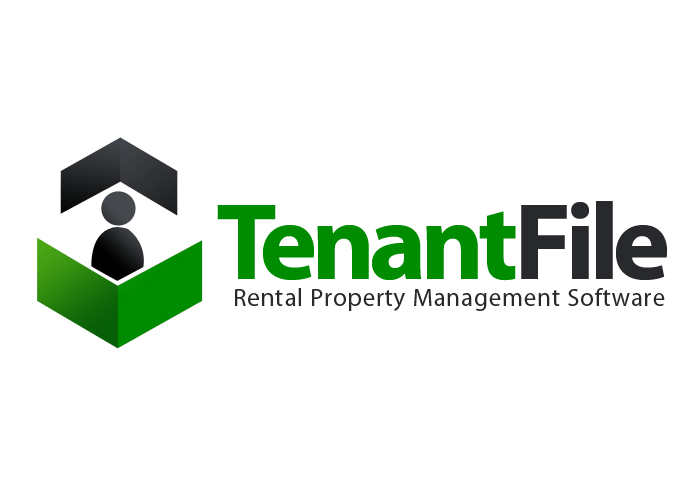Just like with any other application, a reference letter can definitely set someone apart from the rest. Though it’s not necessarily a requirement of the lease application process, asking your possible tenant for a reference letter from their previous landlord is absolutely in your best interest.
Other parts of the application, like proof of income, and credit history, give you information about the tenant and whether or not they can afford rent, but they don’t really tell you if they’re going to be a good tenant or not. The reference letter is written from someone who was in the exact same position as you, so it’s going to be your best source. This is where their previous landlord can tell you about any specific issues they may have had (that you probably won’t know right away), and where they can also tell you if that tenant was the best they’ve ever had. The reference letter is a way of knowing things that you wouldn’t immediately know about the tenant, but you should consider when making the final decision.
The same w ay that you would expect an honest and detailed reference letter from a possible tenant, you should always be willing to provide your tenants with a reference once they move out. When you’re writing the reference letter, talk about anything that you feel is relevant and valuable to the next landlord. Mention how well your tenant took care of the property, if they paid rent on time, etc. Maybe you want to provide a number where the landlord can reach you at in case they have other questions.
ay that you would expect an honest and detailed reference letter from a possible tenant, you should always be willing to provide your tenants with a reference once they move out. When you’re writing the reference letter, talk about anything that you feel is relevant and valuable to the next landlord. Mention how well your tenant took care of the property, if they paid rent on time, etc. Maybe you want to provide a number where the landlord can reach you at in case they have other questions.

